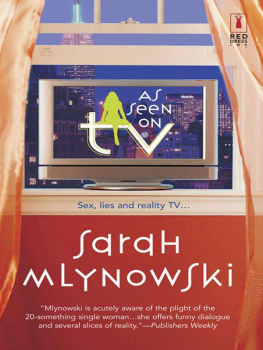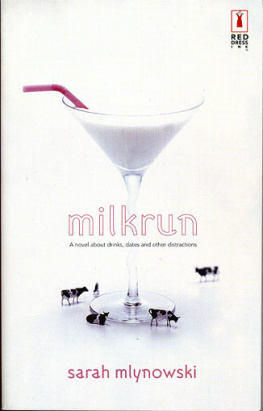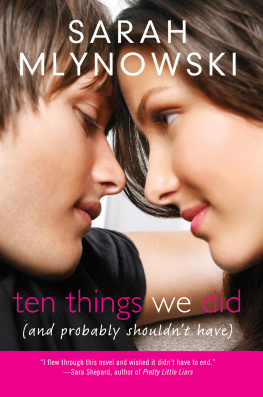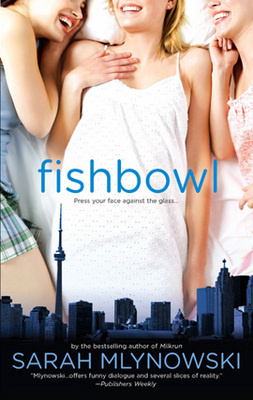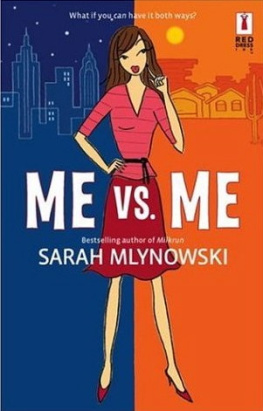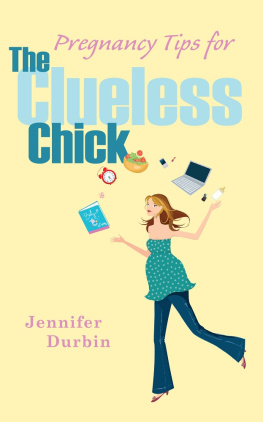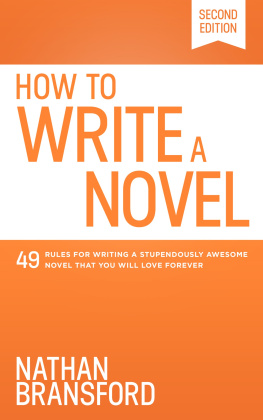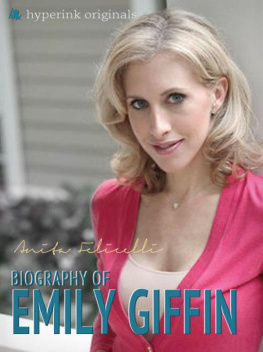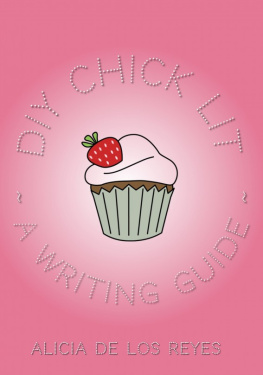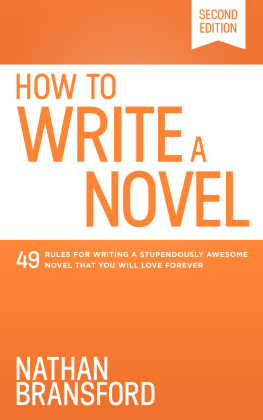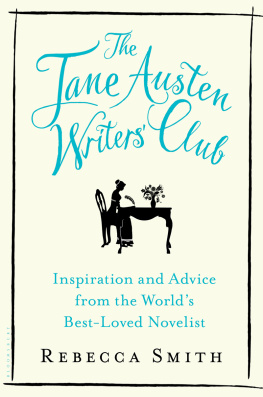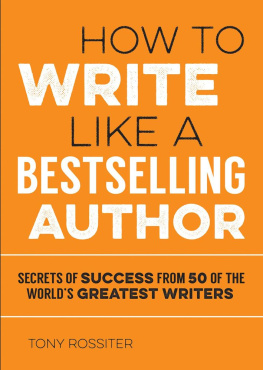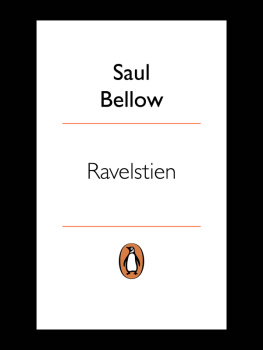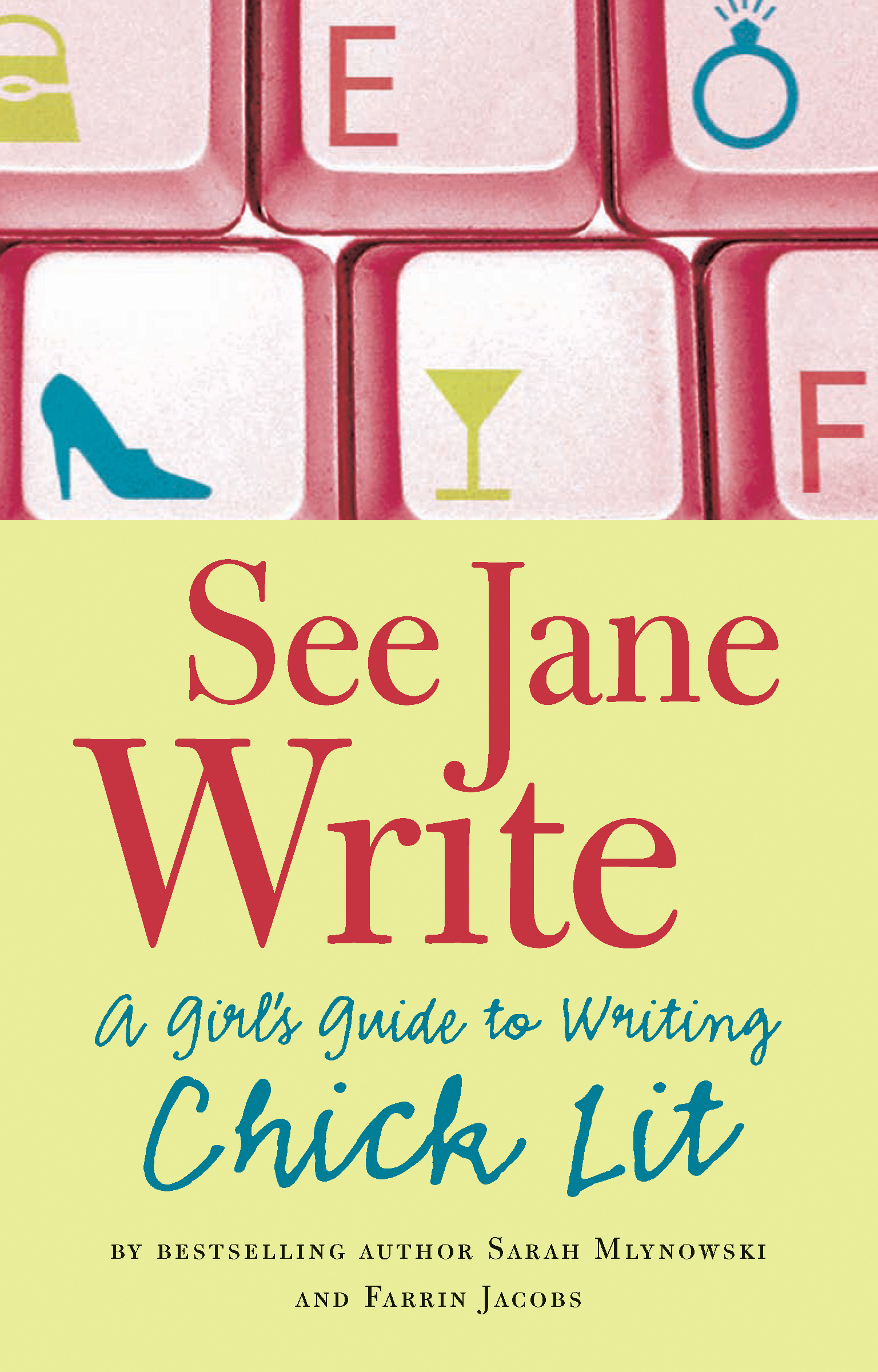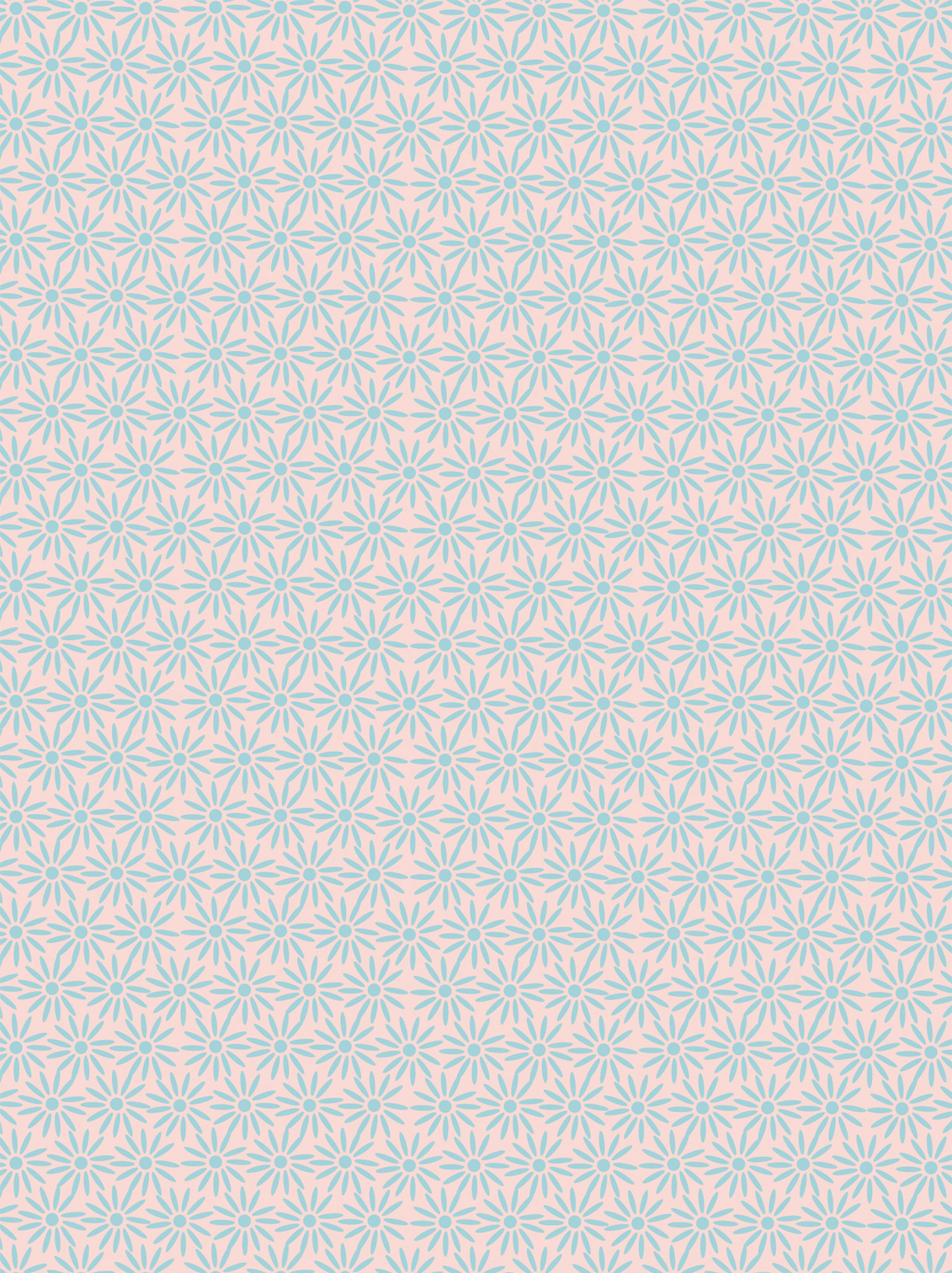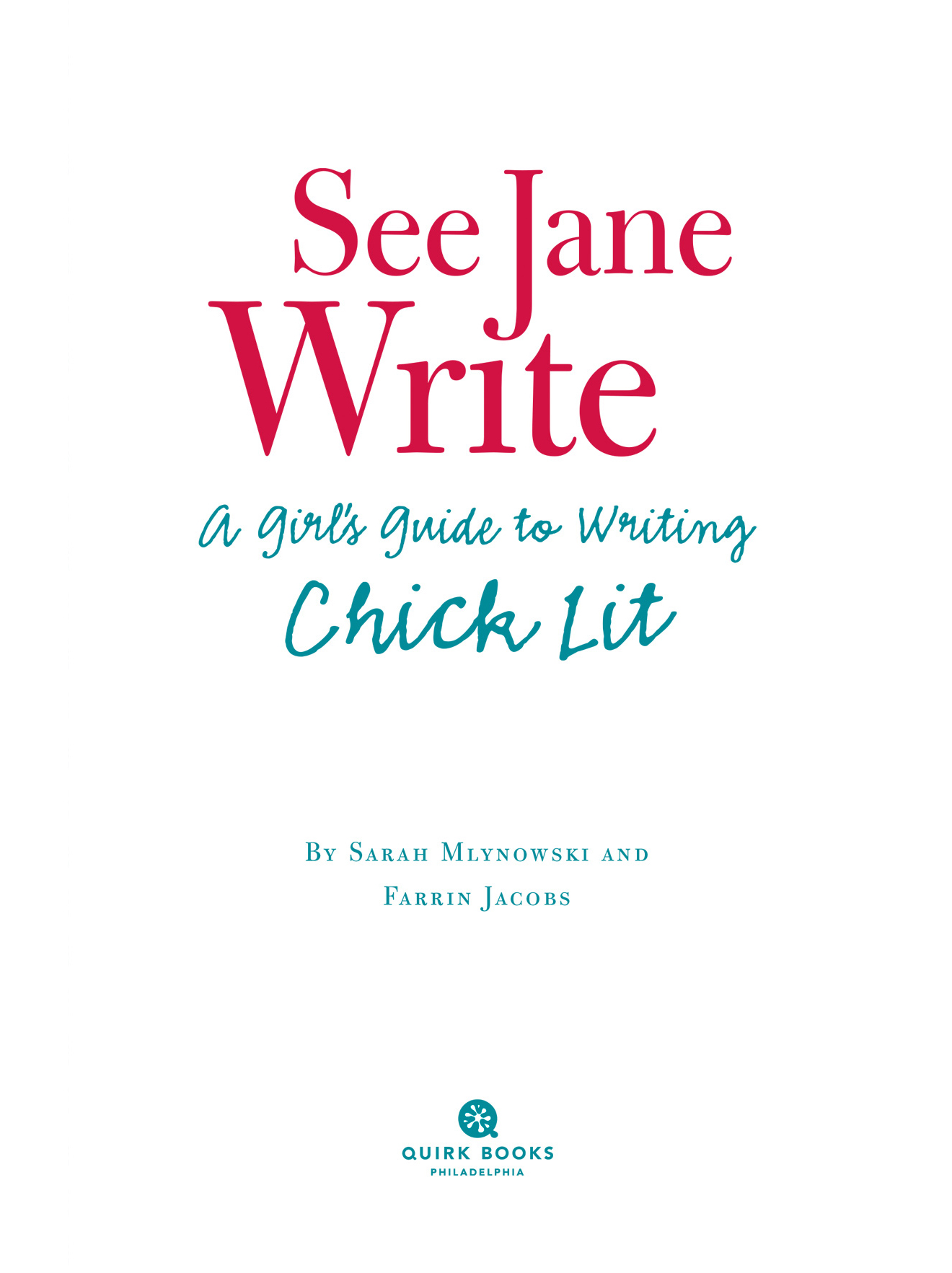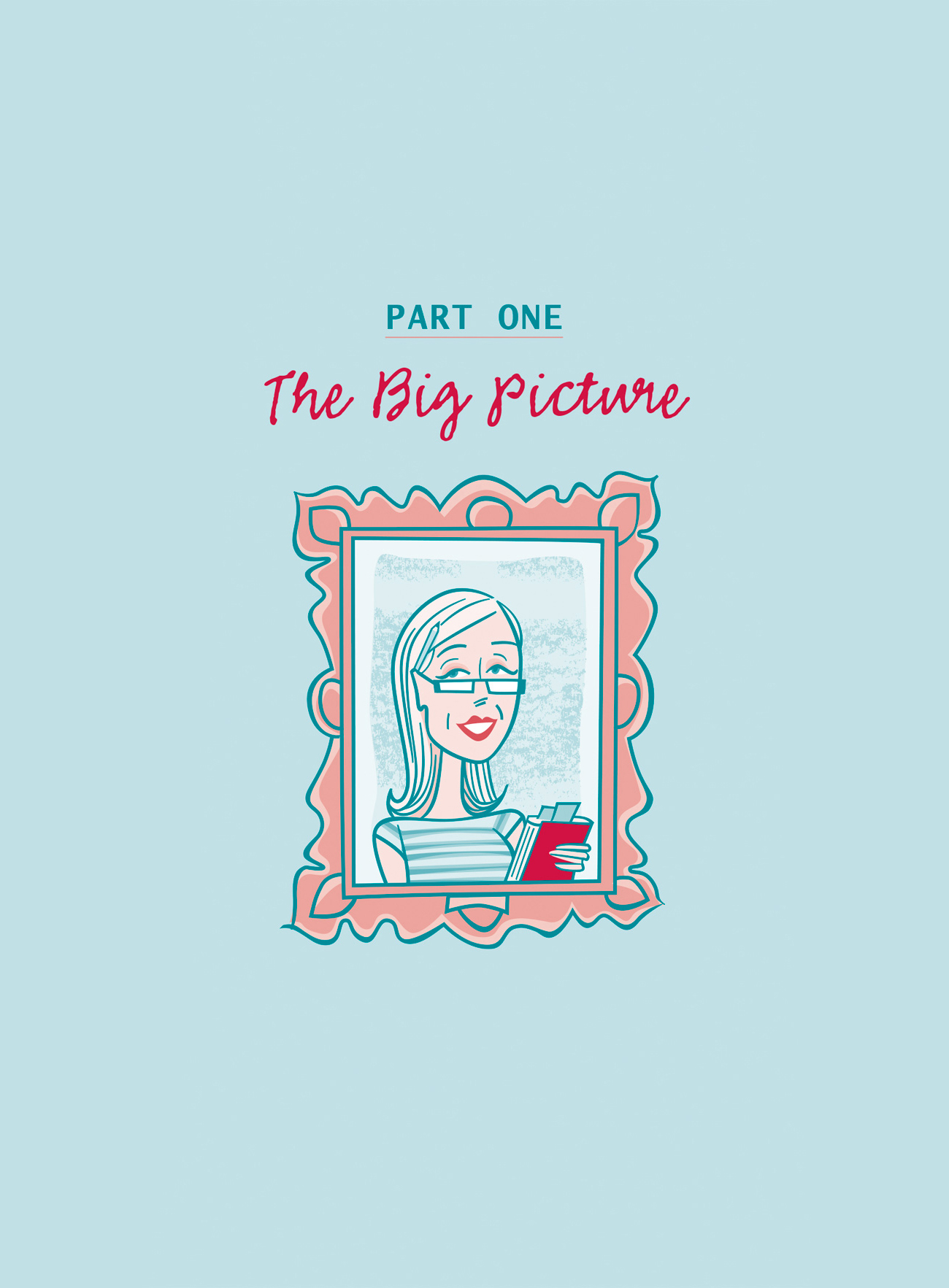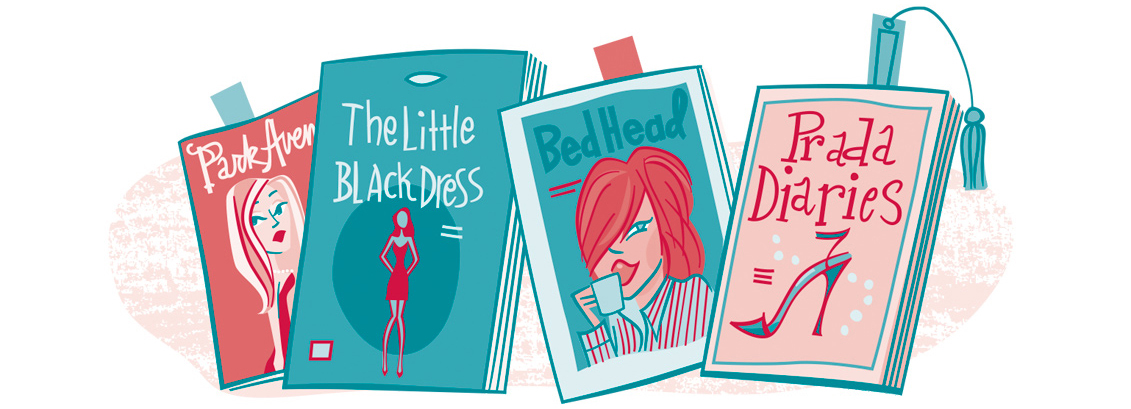Copyright 2006 by Sarah Mlynowski and Farrin Jacobs
All rights reserved. No part of this book may be reproduced in any form without written permission from the publisher.
Library of Congress Cataloging in Publication Number: 2006900357
eBook ISBN: 978-1-59474-855-4
Trade Paperback ISBN: 978-1-59474-115-9
Designed by Susan Van Horn
Illustrations by Chuck Gonzalez
Print production management by Stephanie ONeill McKenna
Quirk Books
215 Church Street
Philadelphia, PA 19106
www.quirkbooks.com
v3.1
Contents
PART 1:
THE BIG PICTURE
PART 2:
THE DETAILS
Introduction:
I Could Write That!
H eres the thing about you: You love chick lit. You read it often, staying loyal to your favorite authors, but youre always willing to open your heart (and eyes) to a new chick on the block. When you read it, you laugh, you smile, you nod your head in recognition, you feel exposed, you feel hopeful. You think, Ive thought that , Ive been in that situation, Im pretty sure Ive dated that guy , and so on, until finally you arrive at, Hmm, I could write that .
Heres the thing about us: Were here to tell you, Yes, you can.
As a bestselling chick lit writer (meet Sarah) and a former chick lit editor (say hello to Farrin), we know a thing or thirty about chick lit. Weve watched a lot of good women translate their lives highs and woes into fiction. And wed like to share our knowledge with someone who feels she has her own chick lit story locked somewhere inside of her: you.
Despite what you might have heard, theres no formula for chick lit. You cant connect the dots and end up with a bestseller. But you can benefit from advice, and thats what were here to provideus and a few of our friends and acquaintancesMeg Cabot, Sarah Dunn, Emily Giffin, Kristin Gore, Marian Keyes, Sophie Kinsella, Nicola Kraus, Emma McLaughlin, and Alisa Valdes-Rodriguez, to name just a few.
Youre probably anxious to get to the guide part of our guide, so , we break down the writing process, touching on subjects like choosing your point of view, making your heroine likable, and why you might want to reconsider including a gay best friend in your cast of characters.
Weve sprinkled some cheeky but helpful (always helpful!) exercises and sidebars throughout the book. The boxes titled Mistakes Ive Known let you in on some of Farrins experiences editing chick lit manuscripts. It Happened to Me sidebars offer up anecdotes from Sarahs writing life. Chick Lit Mad Libs poke fun at some of the chick lit conventions and highlight the most egregious clichsso you can avoid them. And Words of Wisdom, well, thats pretty self-explanatory.
We occasionally take a tough-love approach, but thats because we know you can handle it. You want your novel to be the best it can be. And thats what we want, too.
We hope you enjoy our guide to writing chick litand that it helps you become the heroine of your own story.
.
O NE
What Exactly Is Chick Lit?

Contrary to popular belief, chick lit is not all about shoes. Or clothes. Or purses. Yes, some chick lit characters enjoy their fashion collections, but if an interest in designer names is what made you pick up this book, maybe you should grab Vogue instead. Chick lit is also not all about getting a guy. Love may be a happy diversion, or a painful pothole, but the chick lit story is about the main characters road to self-discovery. Although theres usually a satisfying and uplifting conclusion, the ending is more about hope for the future than snagging Mr. Right.
So if its not about shoes and guys, then what exactly is it? Well, chick lit is often upbeat, always funny fiction about contemporary female characters and their everyday struggles with work, home, friendship, family, or love. Its about women growing up and figuring out who they are and what they need versus what they think they want. Its about observing life and finding the humor in a variety of situations, exchanges, and people. Its about coming of age (no matter how old the woman ischick lit heroines can be anywhere from teenaged to beyond middle-aged). Its generally written by women for women. Its honest, it reflects womens lives todaytheir hopes and dreams as well as their trials and tribulationsand, well, its hugely popular.
But you already knew all that, right? (Just nod your head and make us happy.)
A Brief History of Chick Lit
When Bridget Jones hopped the pond and sailed into U.S. bookstores in 1998, she changed the world of womens fiction forever. Helen Fielding wasnt necessarily the first chick lit author, but with Bridget Joness Diary , she was certainly the most popular. And her timing, as Bridget might say, was v. good. Girl-centric television shows like Ally McBeal and Sex and the City were making waves, landing on the covers of mainstream magazines and gaining fans at a rapid pace. Clearly, women were ready for these types of characters and the stories of their lives and loves. Alongside Bridget sat Laura Zigmans Animal Husbandry , followed by Suzanne Finnamores Otherwise Engaged and Melissa Banks The Girls Guide to Hunting and Fishing , and with their success, publishers knew a bona fide trend was in the making.
No longer were the ladies at the center of popular womens novels limited to windblown tragic heroines (care of Danielle Steele) or descendents of Hollywood/mob dynasties (thank you, Jackie Collins)the kinds of characters who populated the bestseller lists in the 1980s and 90s. Now they were the girls next door. These young women had been around in contemporary fiction (check out Rona Jaffes The Best of Everything and Gail Parents Sheila Levine Is Dead and Living in New York for some prechick lit chick lit), but they had never made their mark on publishing in quite this lucrative way.
Of course, there was Jane Austen, surely the mother of all chick lit, but in popular contemporary fiction this was something new. And publishers were taking note. Soon they began marketing more books as chick lit (which they quickly decided meant pastel covers and shoes).
These days, you cant walk into a bookstore without spotting at least a couple, but most likely more, chick lit novels on the New Fiction display, and some stores even have tables or shelves reserved solely for the ladies in pink.
Which is lucky for you, since youre interested in writing chick lit and all.
THE MAKING OF MODERN CHICK LIT
1995: Marian Keyes publishes her first novel, Watermelon , in Ireland.
1996: Along comes Bridget Jones in the UK and the dawn of the chick lit craze.


